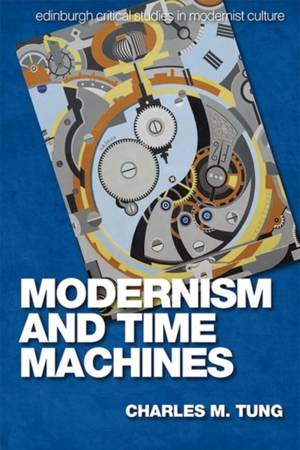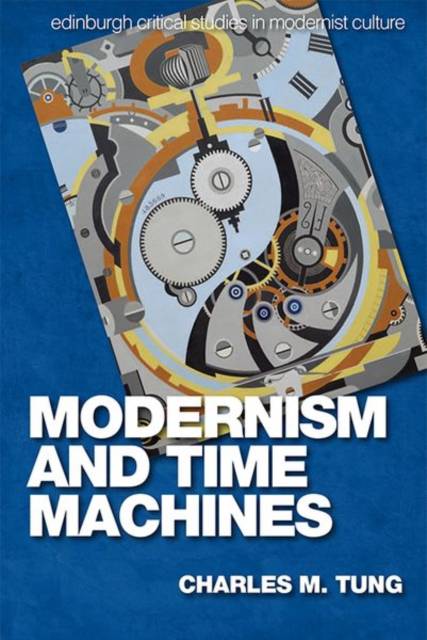
- Afhalen na 1 uur in een winkel met voorraad
- Gratis thuislevering in België vanaf € 30
- Ruim aanbod met 7 miljoen producten
- Afhalen na 1 uur in een winkel met voorraad
- Gratis thuislevering in België vanaf € 30
- Ruim aanbod met 7 miljoen producten
Omschrijving
Bridging modernist studies and science fiction scholarship
Modernism and Time Machines places the fascination with time in canonical works of twentieth-century literature and art side-by-side with the rise of time-travel narratives and alternate histories in popular culture. Both modernism and this cardinal trope of science fiction produce a range of effects and insights that go beyond the exhilarations of simply sliding back and forth in history. Together the modernist time-obsession and the fantasy of moving in time help us to rethink the shapes of time, the consistency of timespace and the nature of history.
Key Features
Draws on insights from a range of sources, including critical geography, postcolonial theory, science and technology studies, and time studiesExamines different kinds of objects together: SF, Impressionism, and Henri Lefebvre's rhythmanalysis; evolutionary biology, Eliot's The Waste Land, and Leinster's "Sidewise in Time"; Woolf, Philip K. Dick's alternate history, and the film Interstellar; bullet time, Faulkner's racialized lag, and Jessica Hagedorn's postcolonial anachronism; "big history," Olaf Stapledon's two-billion-year novel of the human species, and Terrence Malick's film Tree of Life
Specificaties
Betrokkenen
- Auteur(s):
- Uitgeverij:
Inhoud
- Aantal bladzijden:
- 264
- Taal:
- Engels
- Reeks:
Eigenschappen
- Productcode (EAN):
- 9781474431330
- Verschijningsdatum:
- 15/04/2019
- Uitvoering:
- Hardcover
- Formaat:
- Genaaid
- Afmetingen:
- 157 mm x 234 mm
- Gewicht:
- 635 g

Alleen bij Standaard Boekhandel
Beoordelingen
We publiceren alleen reviews die voldoen aan de voorwaarden voor reviews. Bekijk onze voorwaarden voor reviews.











